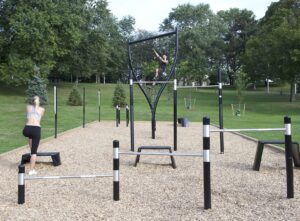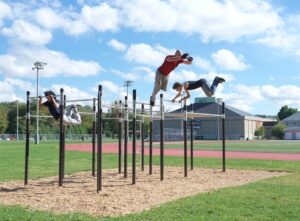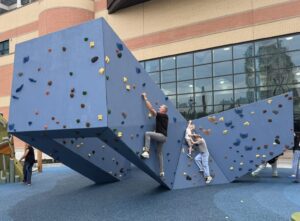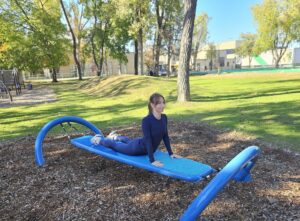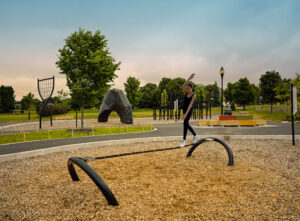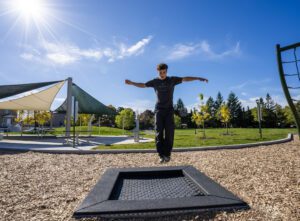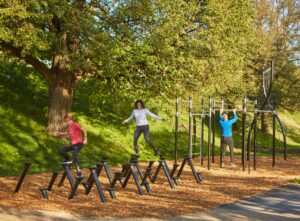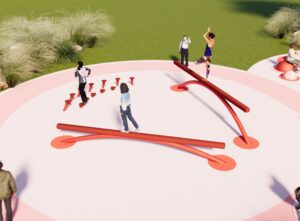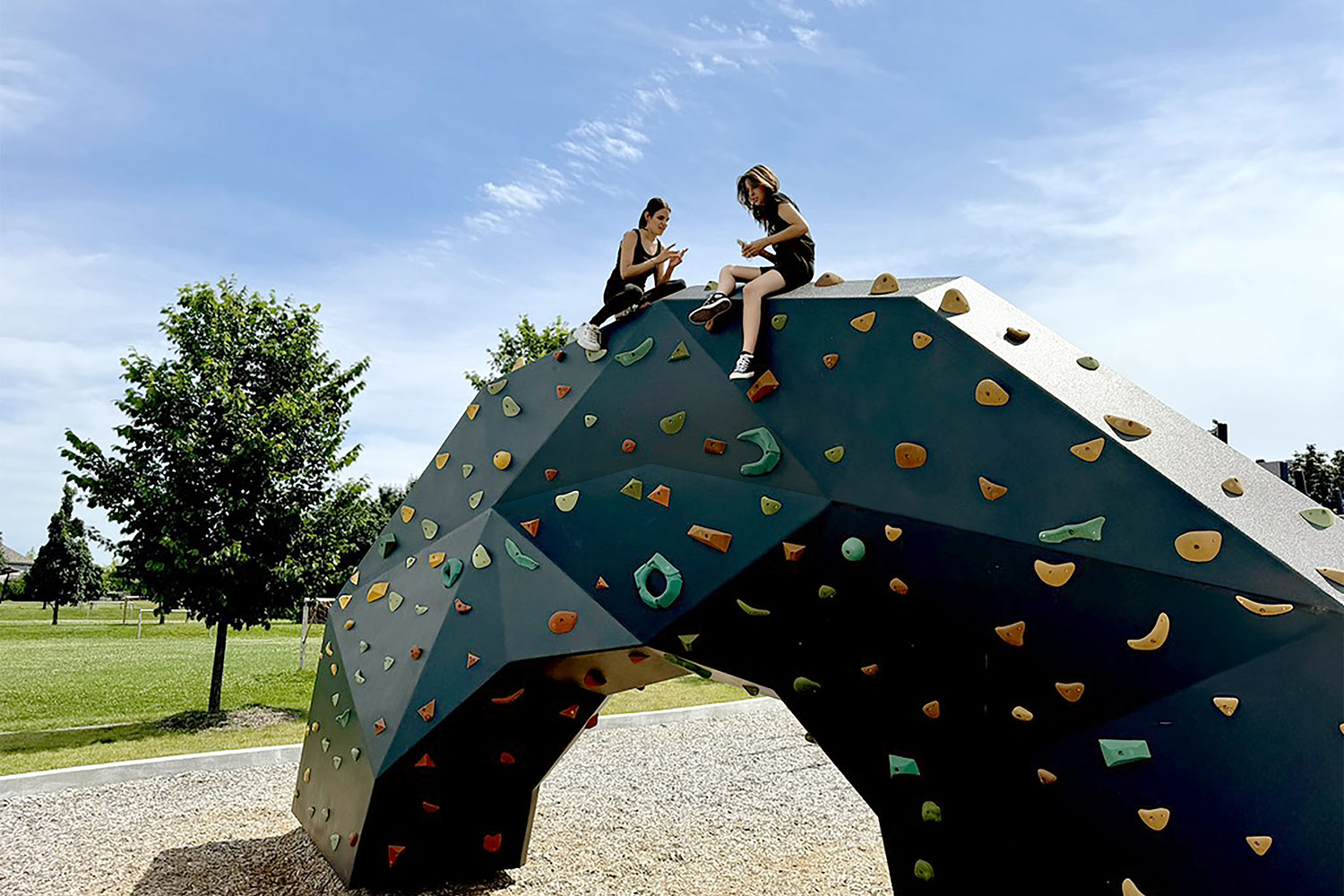
The Current State of Teen Health
Over the past few years, there has been a significant decline in teens’ physical fitness and motor skills. The statistics are concerning:
85%
of girls
fail
78%
of boys
fail
to meet the World’s Health Organization’s recommendation of at least one hour of physical activity per day.
1 in 4
high school
students
In the United States, only 1 in 4 high school students achieves this daily activity goal, according to the American Heart Association.
Let’s take a closer look at what these numbers mean and the broader implications for teen health.
Measuring the Decline: Insights from the Beep Test
The Multi-Stage Fitness Test (commonly known as the Beep Test) has been a key tool in measuring physical fitness over the past decades. A study by Dr. Leone analyzed data from 3,735 Canadian students aged 6 to 17, comparing results over a 35-year span.
Key findings include:
- VO2 Max Decline:
In 2017, over 20% of 10-year-olds had VO2 Max levels below the recommended threshold of 42 ml·kg−1·min−1. By age 17, this number rose dramatically to 56.8% for boys and 69.9% for girls. - Decreased Functional Capacity:
The number of stages completed in the shuttle run dropped by over 30% on average. - Average VO2 Max Decline:
Across 35 years, there was a 15.34% reduction, with boys experiencing an 18% drop and girls a 12% drop.
These alarming trends highlight a substantial decline in teen fitness levels and their functional capacity over the past decades.
Factors Influencing Physical Activity Levels Among Teens
Several interconnected factors play a role in shaping the physical activity levels of teenagers:
Childhood Motor Skills
Early development of motor skills influences teens' confidence and ability to engage in physical activities later in life.
Age and Gender
Physical activity tends to decline with age during adolescence, especially among girls who often face fewer opportunities and encouragement to participate in sports.
Socioeconomic Status & Parental Support
Teens from lower socioeconomic backgrounds may have limited access to sports facilities or safe spaces for exercise, while parental support is critical in fostering active habits.
Parental and Peer Support
Encouragement and involvement from family and friends significantly impact teens' willingness to participate in physical activities.
Psychological Factors
Self-confidence, perceived competence, and a positive attitude toward physical activity are key motivators for maintaining active lifestyles.
Screen Time and Sedentary Behavior
Increased screen time for entertainment and school-related tasks contributes to sedentary behaviors, reducing time available for physical activity.
Cultural and Environmental Factors
Cultural norms, availability of community facilities, and access to safe outdoor fitness spaces greatly influence teens’ ability and willingness to be physically active.
Understanding these factors is crucial for developing effective strategies to promote physical activity, incorporate inclusive park design for teens, and combat the decline of teen activity.
Want to learn more?


